On This Day…April 11th.
Seafire III of 899 Squadron, NF441 (K-W) on the HMS Khedive (below) in Northern Ireland, on 11th April, 1944.
On the 11th April, 1941, German forces surrounded the port of Tobruk which had been captured from the Italians on the 22nd January. Defended by around 14,000 men, mainly from the 9th Australian Division, the port became the the scene of sustained fighting throughout 1941. The beginning of the siege saw the Germans breaking down the defences with air attacks, as Kenneth Rankin describes in his journal...
“11th April 1941 – Good Friday”
“Worked hard levelling the guns and getting things ready, all morning. At lunch time we were in the thick of it again and Junkers dive-bombers appeared all over the sky. We engaged one by shrapnel control, but our fuse was too short. Then one came, sensationally straight at us, dived to a few feet off the ground and went clean through our position with machine-guns blazing. We filled him up with machine gun bullets and smoke came pouring from him as he staggered and side-slipped, regained control and disappeared over the brow of the hill. This we claimed as ours without dispute.”
(A Ju87 shot down outside Tobruk on April 11th)
“A Hurricane came tearing in, shot one down, banked steeply and pounced on another which he shot down in flames – we cheered madly. Then four Messerschmitt 109s appeared from nowhere and all went for our lone Hurricane, which put up a terrific dog fight, but turned tail and rushed for the aerodrome with smoke coming out, but still under control. We engaged the Me.109 which had been chasing the Hurricane and put in some effective bursts, the result of which could not be properly observed owing to clouds of dust. 153 battery shot one down in the harbour too – so it was a great party.”
“Unfortunately they got a supply ship in the harbour, which the Navy made desperate efforts to save. A fair amount of artillery fire was going on, but we were beginning to get used to this, and hardly noticed it – like trains running along the bottom of a garden.”
17G Flying Fortress of the 728th Bombardment Squadron after making a forced landing just west of Schillig, Germany after taking flak damage over Rostock, April 11th, 1944. All 10 crew members survived and were taken prisoner.
At 05.49 hours on 11 April 1943, U-188 fired a torpedo at convoy ON-176 southwest of Iceland and observed a hit on a tanker, which finally sank after 45 minutes with a broken back.
At 05.50 hours, two torpedoes were fired hits on two ships were heard. At 05.52 hours again two torpedoes were fired, which hit a fourth ship which began to settle by the bow.
Allied records indicate that only HMS Beverley (above) was hit and sunk at that time. HMS Clover (K 134) later picked up five survivors from a crew of 155 and recovered two bodies, one of whom later died on board.
On a bombing mission to Rostock, B-17 ‘Mission Belle’ (above) was hit by flak on its bomb run, crash landing in Kristianopel, Sweden. Missing Air Crew Report 3822. All crew survived the forced landing and were interned in Sweden for the remainder of the war.
Prototype ‘Ju 89’ heavy bomber at rest, April 11th, 1937...
From the start of the Luftwaffe in 1933, General Walther Wever (chief of staff) realised the importance of strategic bombing in any future conflict. A Langstrecken-Grossbomber (‘long-range big bomber’) was needed to fulfill this role.
Under the ‘Ural’ bomber programme, he began secret talks with two of Nazi Germany's leading aircraft manufacturers - Dornier and Junkers - requesting designs for a long-range bomber. The two companies responded with the Dornier Do 19 and the Junkers Ju 89, respectively, and the Reichsluftfahrtministerium (RLM) ordered prototypes for both aircraft in 1935. The RLM request asked for two prototypes and a prototype series of nine aircraft.
The Ju 89 and its competitor, the Dornier Do 19 (above) both proved promising, but fell victim to a change of direction within the Luftwaffe. Wever himself was killed in a plane crash in 1936 and his successors (Ernst Udet and Hans Jeschonnek) favoured smaller aircraft, not requiring as much material and manpower. They both championed the dive bomber (Ju 87 Stuka) and the doctrine of close support and destruction of the opposing airforces on the battle-ground rather than through attacking enemy industry.
Makes you think what could have happened had Germany taken the strategic bombing route the allies were to take later in the war.
USS Minneapolis at Pearl Harbor, US Territory of Hawaii after being fitted with a new bow, 11th April, 1943.
Unusual photo of US Navy blimp L-8 making rendezvous with the Doolittle Raiders fleet, off the coast of California, 11th of April, 1942.
(Edward Michael, front row, first from the right)
The President of the United States of America, in the name of Congress, takes pleasure in presenting the Medal of Honor to First Lieutenant (Air Corps) Edward Stanley Michael, United States Army Air Forces, for conspicuous gallantry and intrepidity above and beyond the call of duty while serving as pilot of a B-17 aircraft on a heavy bombardment mission to Germany, April 11, 1944.
“The group in which 1st Lt. Michael was flying was attacked by a swarm of fighters. His plane was singled out and the fighters pressed their attacks home recklessly, completely disregarding the Allied fighter escort and their own intense flak. His plane was riddled from nose to tail with exploding cannon shells and knocked out of formation, with a large number of fighters following it down, blasting it with cannon fire as it descended.”
“A cannon shell exploded in the cockpit, wounded the co-pilot, wrecked the instruments, and blew out the side window. 1st Lt. Michael was seriously and painfully wounded in the right thigh. Hydraulic fluid filmed over the windshield making visibility impossible, and smoke filled the cockpit. The controls failed to respond and 3,000 feet were lost before he succeeded in leveling off. The radio operator informed him that the whole bomb bay was in flames as a result of the explosion of 3 cannon shells, which had ignited the incendiaries.”
“With a full load of incendiaries in the bomb bay and a considerable gas load in the tanks, the danger of fire enveloping the plane and the tanks exploding seemed imminent. When the emergency release lever failed to function, 1st Lt. Michael at once gave the order to bail out and 7 of the crew left the plane. Seeing the bombardier firing the navigator’s gun at the enemy planes, 1st Lt. Michael ordered him to bail out as the plane was liable to explode any minute. When the bombardier looked for his parachute he found that it had been riddled with 20mm fragments and was useless. 1st Lt. Michael, seeing the ruined parachute, realized that if the plane was abandoned the bombardier would perish and decided that the only chance would be a crash landing.”
“Completely disregarding his own painful and profusely bleeding wounds, but thinking only of the safety of the remaining crewmembers, he gallantly evaded the enemy, using violent evasive action despite the battered condition of his plane.”
“After the plane had been under sustained enemy attack for fully 45 minutes, 1st Lt. Michael finally lost the persistent fighters in a cloud bank. Upon emerging, an accurate barrage of flak caused him to come down to treetop level where flak towers poured a continuous rain of fire on the plane. He continued into France, realizing that at any moment a crash landing might have to be attempted, but trying to get as far as possible to increase the escape possibilities if a safe landing could be achieved. 1st Lt. Michael flew the plane until he became exhausted from the loss of blood, which had formed on the floor in pools, and he lost consciousness.”
(Lieber and Westberg, the other two remaining crewmen, accompany Michael to the hospital)
“The copilot succeeded in reaching England and sighted an RAF field near the coast. 1st Lt. Michael finally regained consciousness and insisted upon taking over the controls to land the plane. The undercarriage was useless; the bomb bay doors were jammed open; the hydraulic system and altimeter were shot out. In addition, there was no airspeed indicator, the ball turret was jammed with the guns pointing downward, and the flaps would not respond. Despite these apparently insurmountable obstacles, he landed the plane without mishap.”
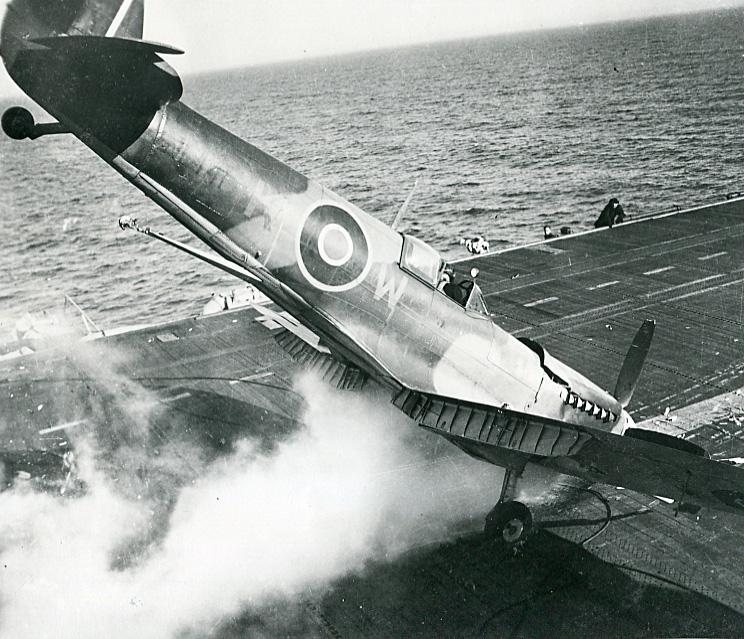
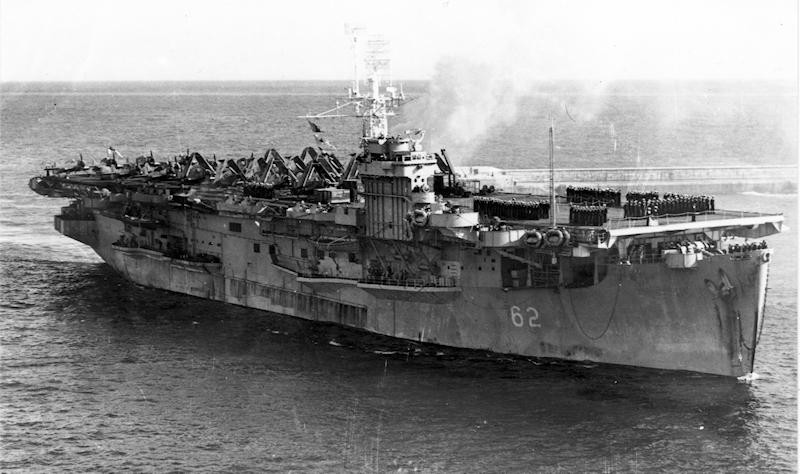
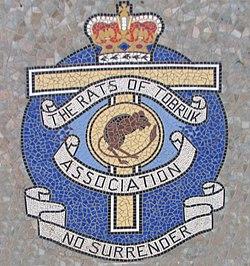
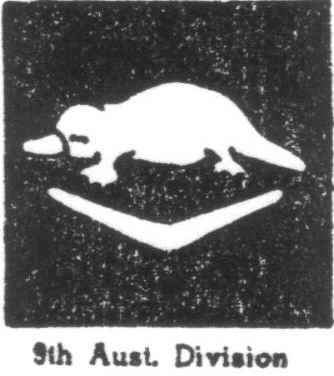
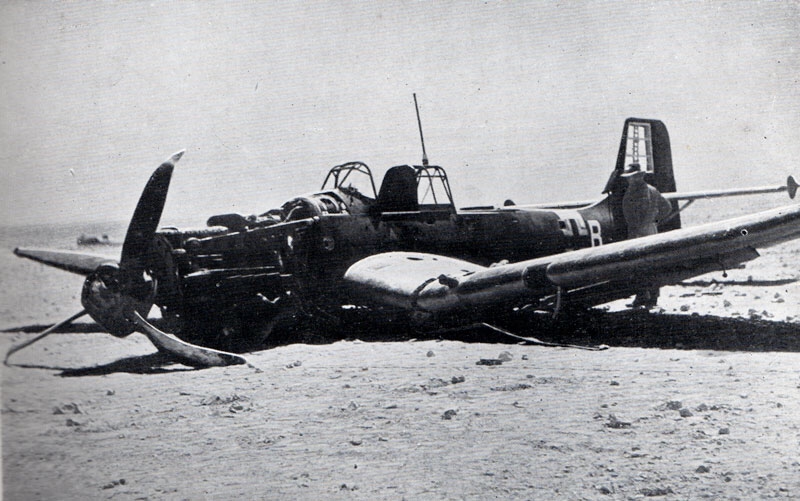
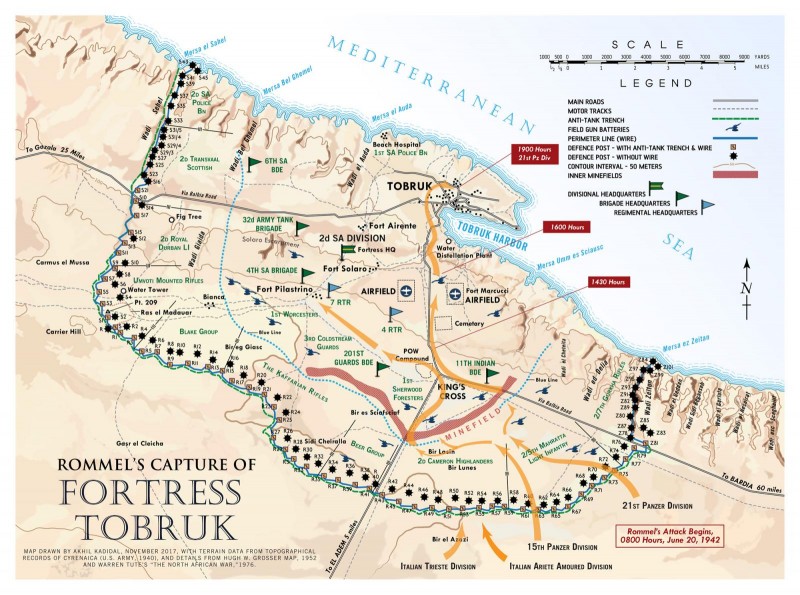
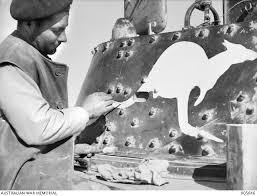
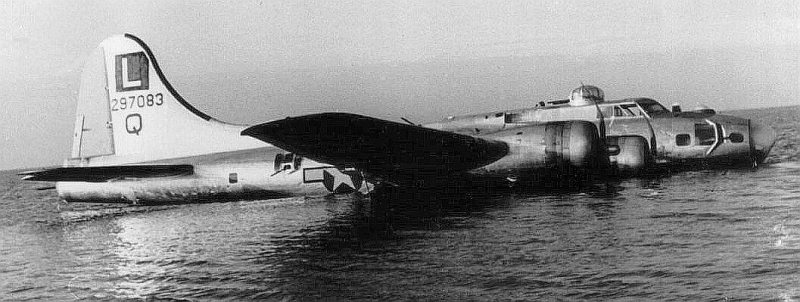
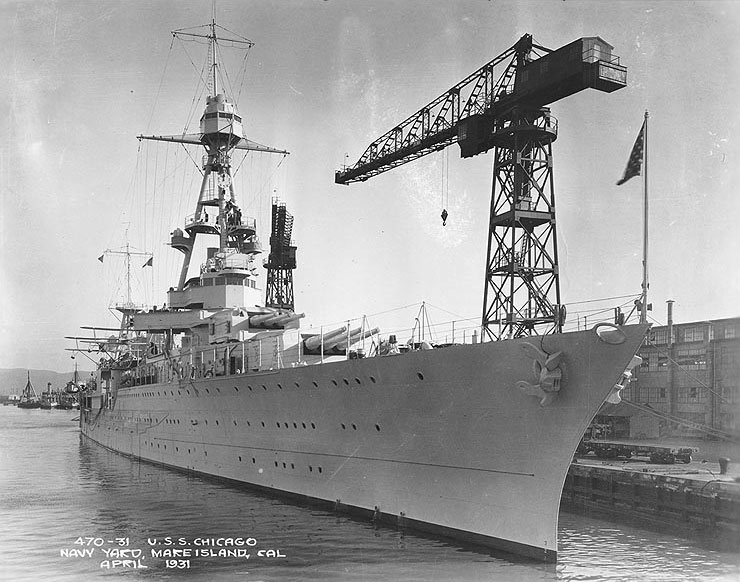
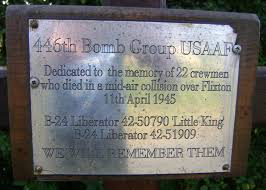

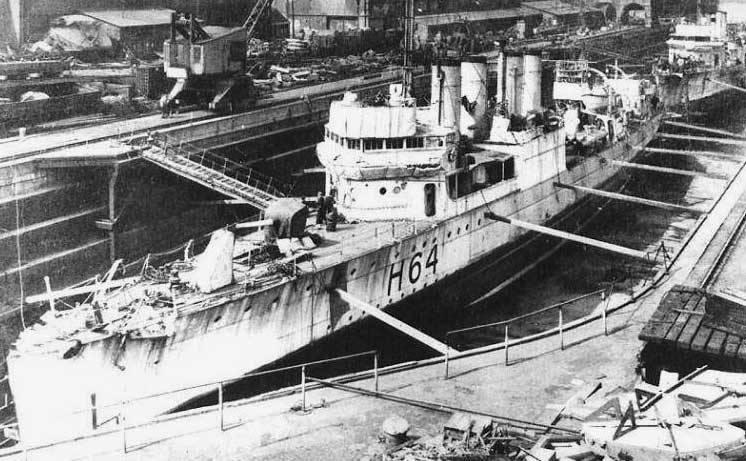
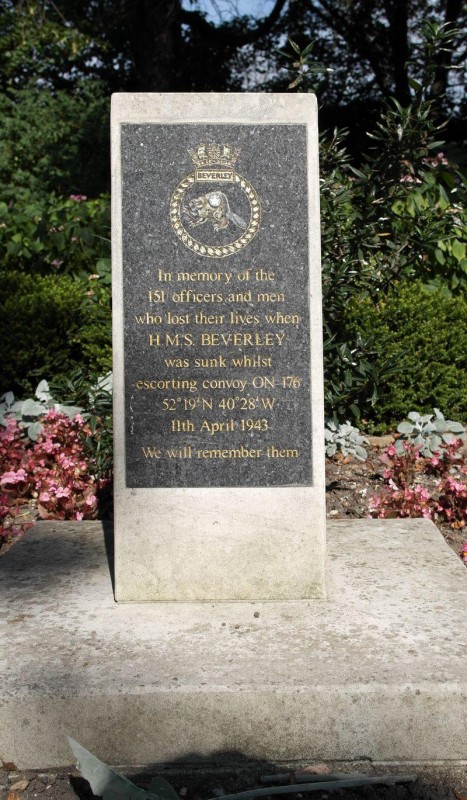

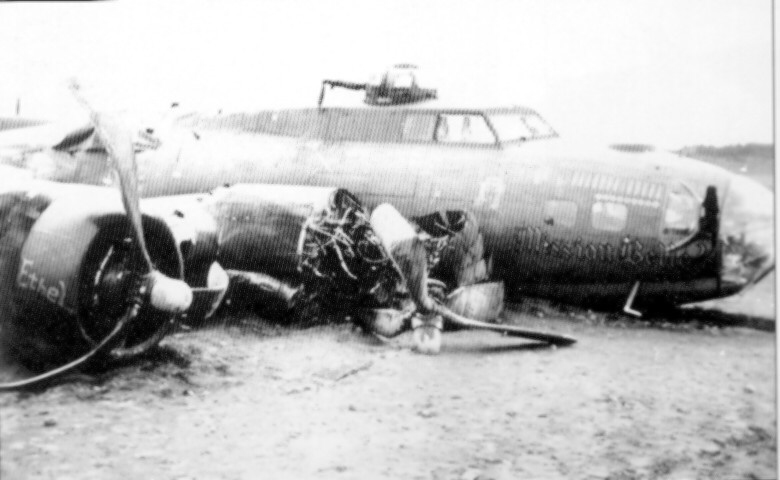

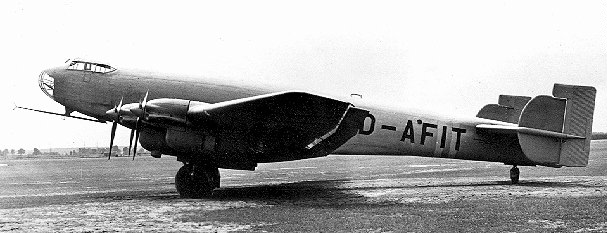
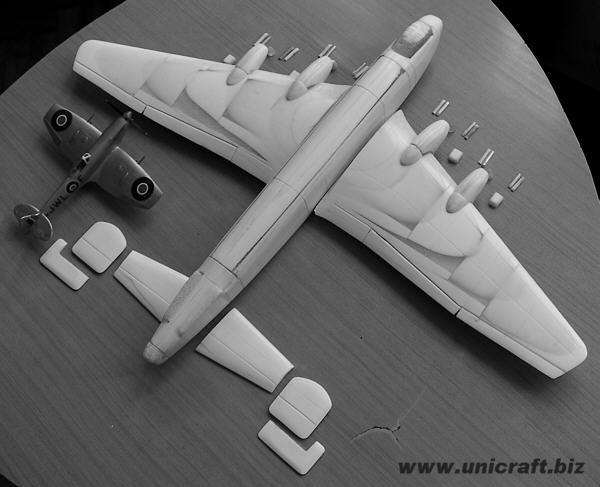
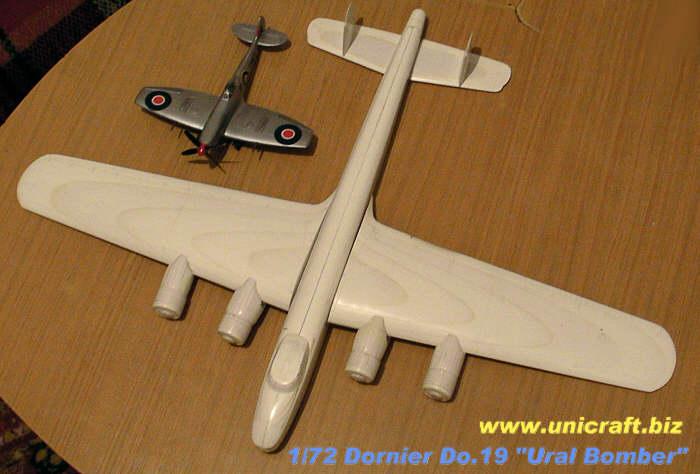
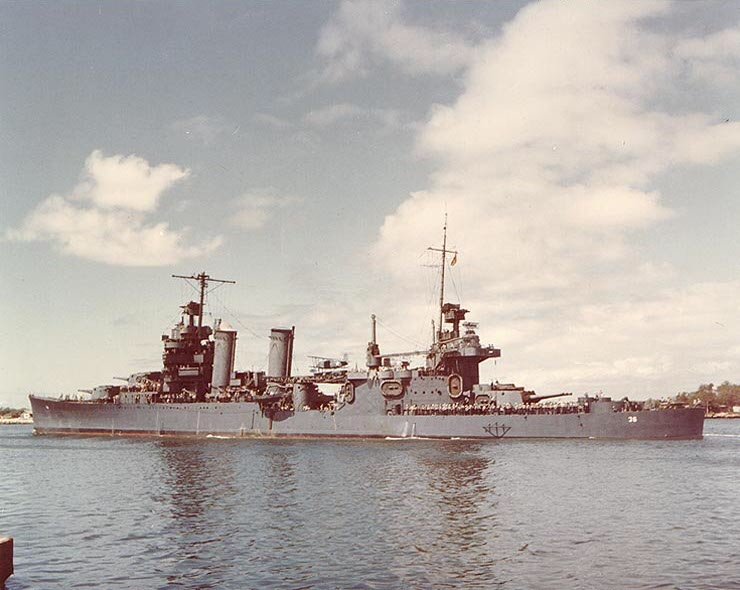
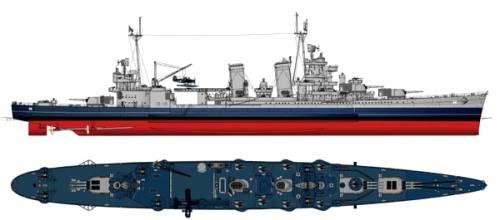
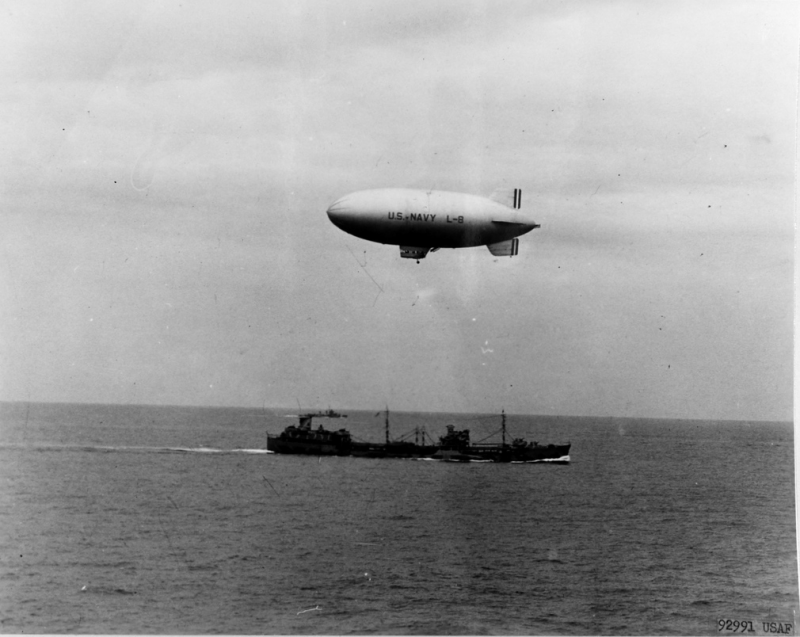
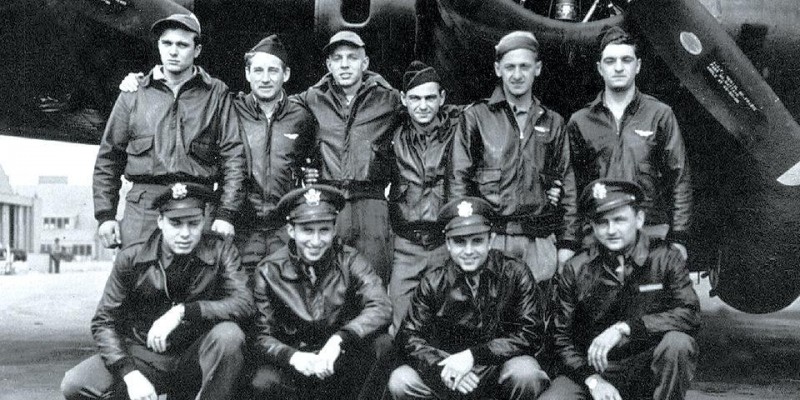
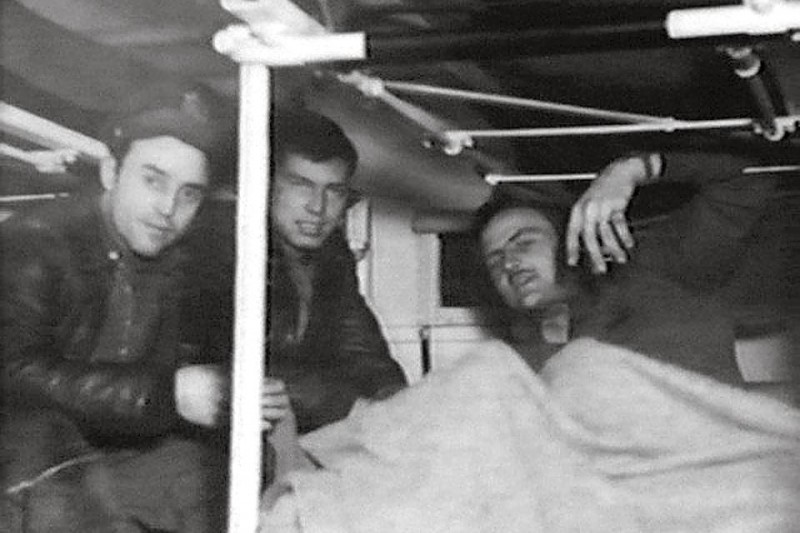

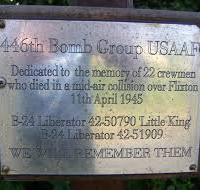
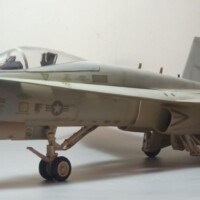

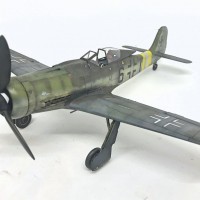
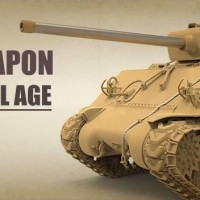
Awesome photos and stories. Most of Tobruk's Western flank was defended by South African soldiers.
2nd Infantry...
On the book thread I should add this, I suppose you have read it, Morne?
Terrific book that’s huge on detail but never dull. Great read.
@mornem
Definitely on my list of books to get from Amazon. The South Africans fought on Allied side during WW i and WW II and in both wars fought in East Africa, North Africa and in Europe. During WW II the SA soldiers made a name for themselves as part of General Montgomery's forces. SA Prime Minister Jan Smuts was a close confidant of Roosevelt and Churchill and served on the British War Cabinet. Churchill and Smuts knew each other from Churchill's time as a war correspondent during the Anglo Boer War and when they met again during WW I. Many SA pilots served in the RAF. Most famous being Adolf Malan, John D. Nettleton, Marmaduke Pattle, "Dutch" Hugo. Pattle was a good contender for highest scoring Allied Ace. He was lost early in the war and flew Gloster Gladiators in East Africa and the Med. SA soldiers also fought bravely in the Italian campaign, notably at Monte Casino. SAAF pilots also flew combat missions in support of Tito's partisans with Bristol Beaufighters and used B-24 Liberators to drop supplies during the Warsaw uprising.
This one has to be one of your best articles yet David... They keep getting better each day. That's not an easy accomplishment, as even the very first episode was fantastic.
'liked"
Thanks, Louis. Been over half a year since I posted the first ‘OTD’ if you can believe it. Cheers, Louis.
David check out my birth certificate...another home run my man...middle name jagger...that seafire could be a career ender
1 attached image. Click to enlarge.
‘Bob Jagger Mack’ - man, that’s a badass name. Love a name like that.
i love my handle...most call me bobby mack but it comes out almost boppy mack...thank you
VERY interesting. That's an awesome Birth Certificate!
thank you jeff...i feel lucky and proud to have it
Maybe it was harder to land on those light carriers ,photo 1. Nice view of the Chicago.
I like that shot of the Chicago, too. Luckily, American government liked taking lots of photos of their ships.